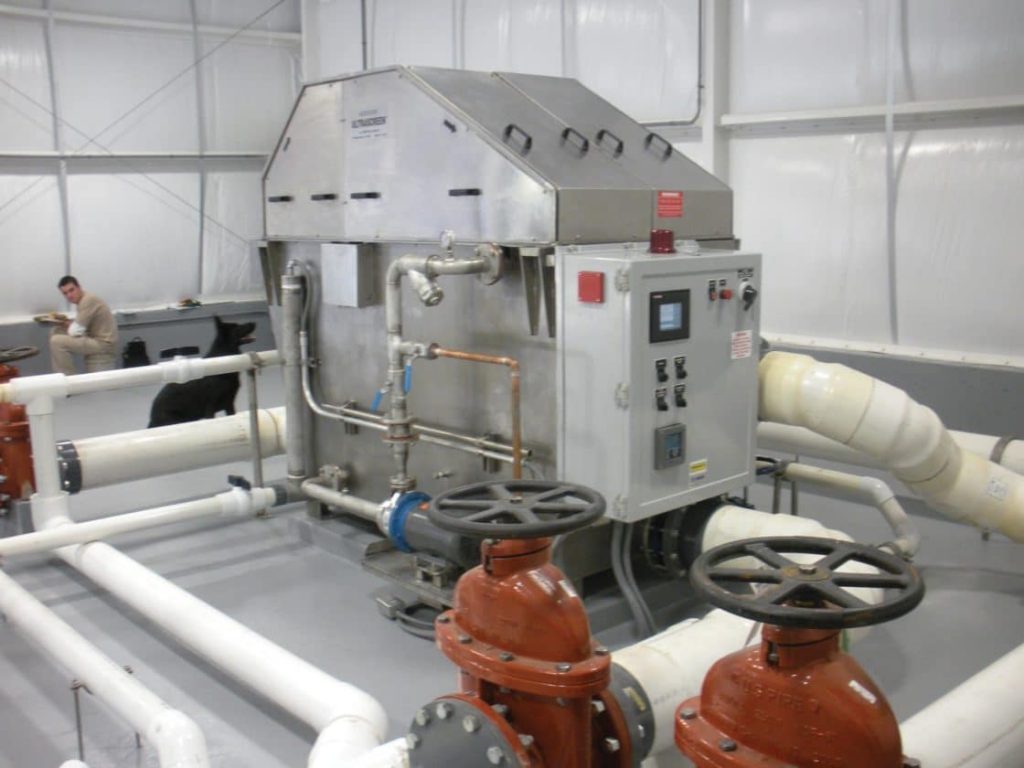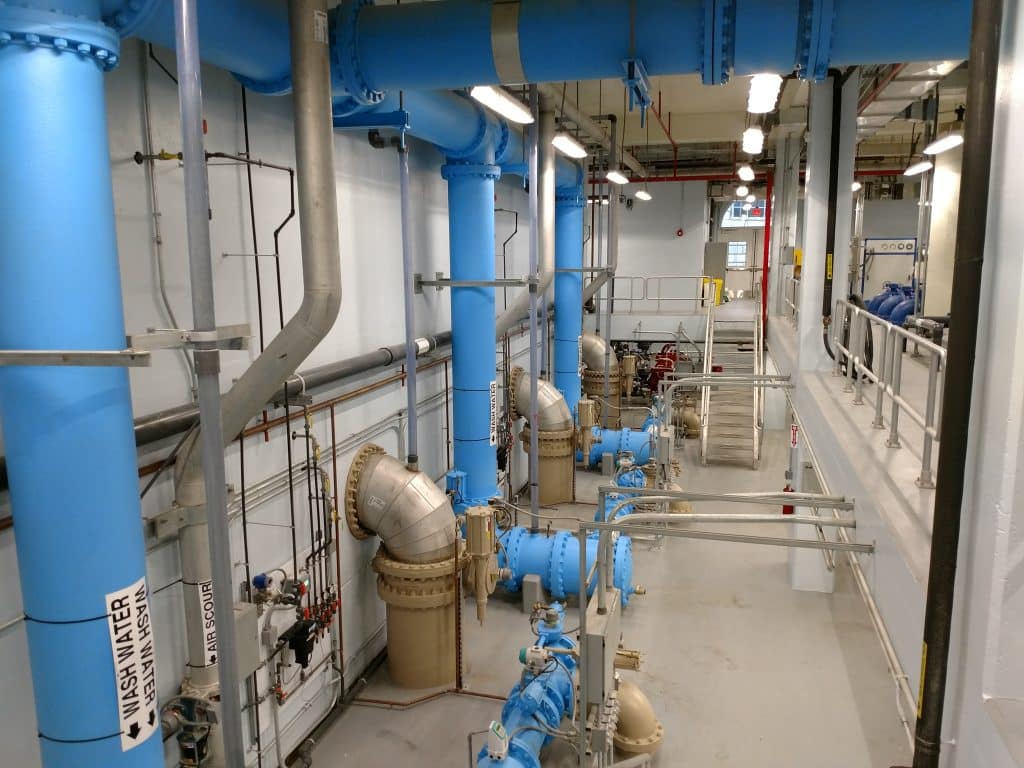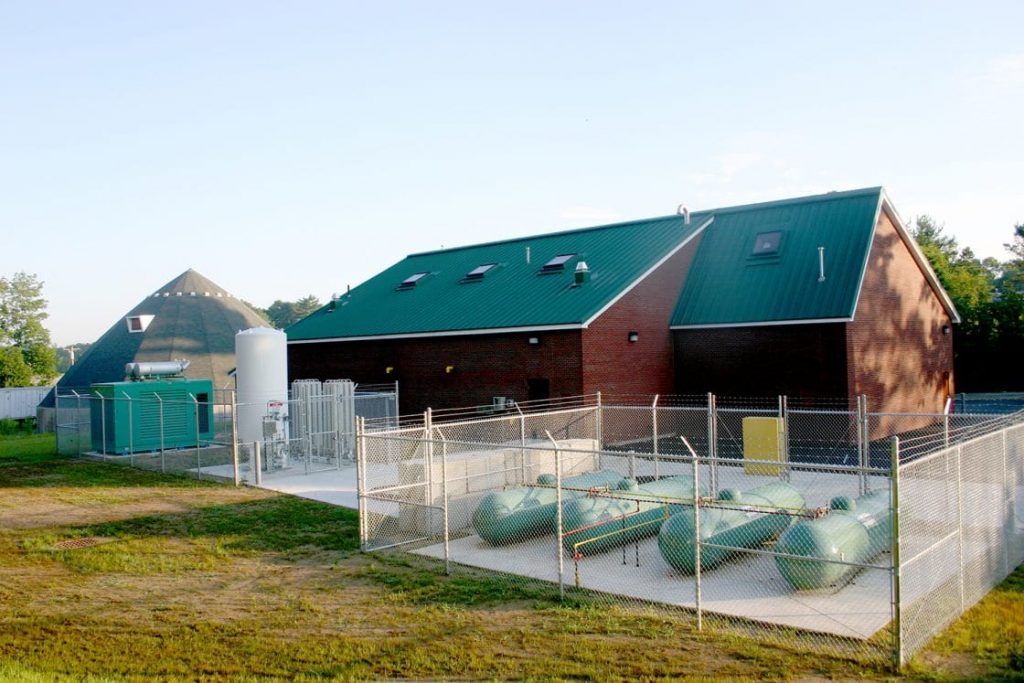Water Treatment
Water Treatment Facilities
We have performed comprehensive water supply and distribution system analyses, piloting, design, construction services, and post-construction consultation for numerous municipalities, water districts, and private water companies. As a company, we have designed water treatment facilities for the removal of iron and manganese, organics, and radionuclides for groundwater, groundwater under the influence, and surface water sources. Designs utilize rapid sand filtration, slow sand filtration, pressure filtration, DAF, air stripping technology, ozone and chlorine dioxide oxidation, ultrafiltration membranes, and chemical treatment.
Additional services include water treatment facility siting evaluations, pilot studies, Supervisory Control and Data Acquisition (SCADA) systems, construction administration services, and post-construction administration services, including start-up, operation and maintenance manuals, standard operating procedures (SOPs), and troubleshooting.
Manganese Mitigation
Manganese and iron, mitigated utilizing the same technologies, are prevalent in New England groundwater and are therefore often found in drinking water supplies in concentrations exceeding the Secondary Maximum Contaminant Level. Elevated concentrations of manganese and iron can cause physical effects such as damage to water equipment and reduced effectiveness of water treatment for other contaminants, causing additional costs to water utilities. However, new information regarding manganese is cause for far greater concern.
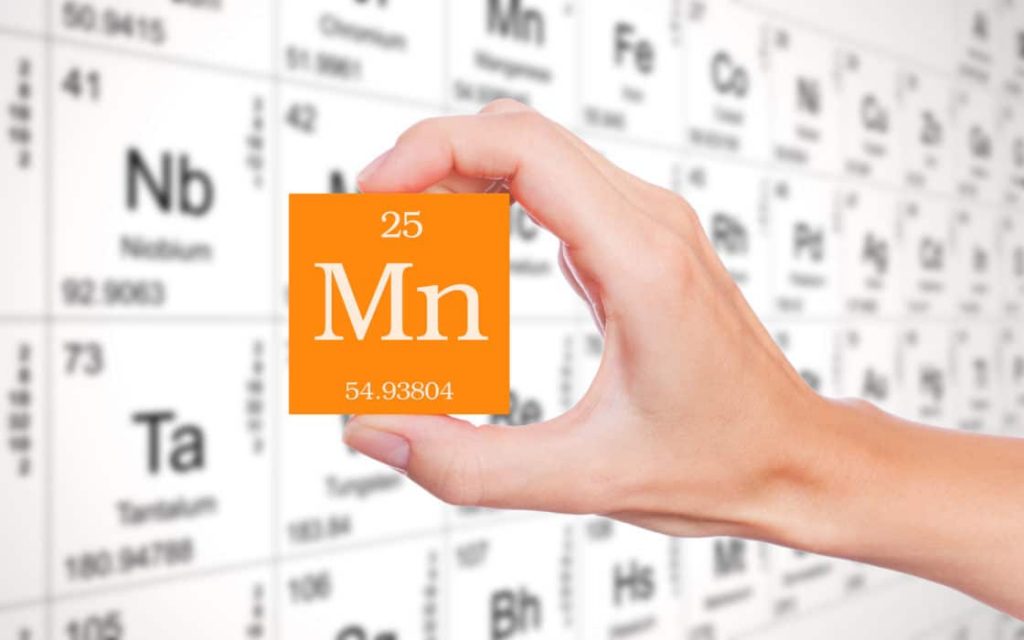
Manganese in Drinking Water: A Serious Concern
Manganese concentrations above 0.05mg/L cause aesthetic issues to customers as well as excessive amounts of oxidized materials in water mains. However, recent information from the United States Environmental Protection Agency (EPA) indicates that manganese removal from drinking water needs to be a public water supply priority:
- Health Risks in Infants: Office of Research and Standards and the EPA have indicated that long-term exposure to manganese exceeding 0.3 mg/L can have negative health effects on infants less than six months of age. The Massachusetts Department of Environmental Protection (MassDEP), further recognizing the issues associated with elevated manganese in drinking water, has included a more stringent age cutoff of one year in Drinking Water Standards and Guidelines.
- Additional Risks: The Connecticut Department of Public Health has set a drinking water Action Level for manganese of 0.5mg/L. They have found that long-term exposure to elevated manganese levels in drinking water produces a nervous system syndrome similar to Parkinson’s Disease, to which the elderly are particularly susceptible.
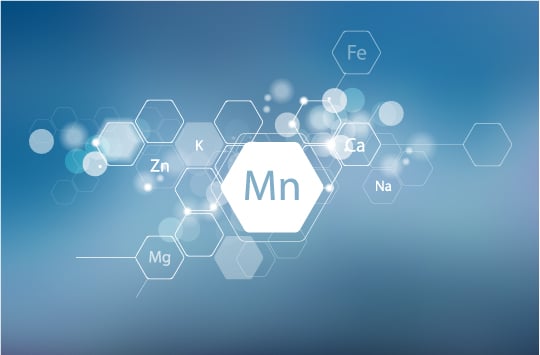
How Can We Help?
It is imperative that communities take action to reduce manganese in drinking water supplies to safe levels. Tata & Howard appreciates that mitigating manganese levels in drinking water requires a well-thought out and executed balance between maximizing quality while minimizing costs. Many options are available, including polyphosphate addition, ultrafiltration, pressure filtration, and revised operational procedures. Contact us for more information on how we can help you preserve your valuable water supply sources.
Manganese Treatment Terms
- Filtration: Entrapping and screening out oxidized particles of manganese through a specified media. Requires backwashing.
- Ozonation: A highly effective form of oxidation using ozone to convert soluble manganese to insoluble.
- Sequestering: Adding chemical agents to water to keep metals in solution to prevent stains.
- Chlorination: Assists in regeneration and oxidation to convert soluble manganese to an insoluble, filterable form.
- Catalytic Media: Glauconite and pyrolucite media that oxidizes, adsorbs, and filters manganese. Requires chemical regeneration.
- Biological Media: Microorganisms that oxidize manganese particles. Does not require chemical regeneration.

